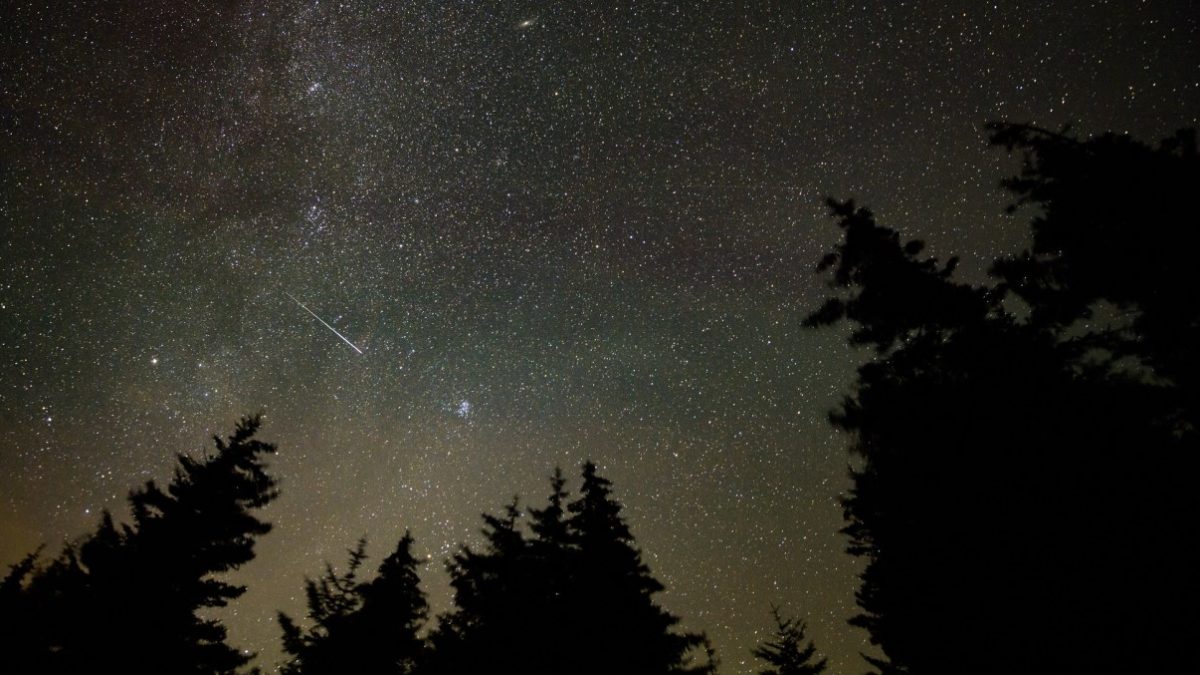BY: STEPHEN C. MEYER
December 22, 2021
-The Federalist
During the winter holidays, Jews celebrate a miraculous, unquenchable light and Christians celebrate the incarnation of God revealed by the light of a star. It’s fitting, therefore, that on December 22 NASA will launch a new satellite capable of seeing the first starlight from just after the Big Bang—a light, and an event, that tell us about the creation of the universe and, in their own ways, reveal God to the world.
NASA’s new James Webb Space Telescope will be carried into space this week from French Guiana on the back of an Ariane 5 rocket. The $10 billion, 21-foot telescope features a massive umbrella-like sun shield. It also boasts 15 times the range of motion and six times the light-gathering capability of the Hubble Space Telescope—NASA’s next best instrument for peering deep into space and far back in time.
From the first astronomical investigations about the early history of the universe, light, and other forms of radiant energy, have yielded the most important clues about cosmic origins. During the 1920s, astronomers discovered that the wavelengths of light coming from distant galaxies were stretched out, or “red-shifted,” as if the galaxies were moving away from us. Just as sound coming from a train whistle drops in pitch as the result of the sound waves being stretched out as the train recedes, light coming from a distant galaxy changes color (becomes more red) as light waves are elongated as galaxies move away from Earth.
Soon after the discovery of the red shift, Belgian priest-physicist Georges Lemaître and Caltech astronomer Edwin Hubble showed that galaxies farther away from Earth were receding faster than those close at hand. That suggested a spherical expansion of the universe in all directions of space like a balloon inflating from a singular explosive beginning—from a “Big Bang.”
Then in 1965, physicists discovered a different kind of light they thought provided further evidence of the Big Bang. While working at Bell Laboratories in New Jersey, physicists Arno Penzias and Robert Wilson inadvertently discovered an extremely low-energy radiation on their highly sensitive, large antennas. This radiant energy, now known as the Cosmic Background Radiation, is postulated to be a remnant of the earliest moments after the Big Bang when the universe was immensely hot and densely compacted.
The light that NASA’s new telescope seeks to detect comes, not from those very earliest moments after the beginning, but from the first stars and galaxies that formed an estimated several hundred thousand years later. Detecting that light will nevertheless provide further confirmation of an expanding universe.
Since the new telescope can detect infrared light—invisible light with extremely long wave-lengths—it can establish whether the most distant galaxies exhibit the amount of red shift that astronomers expect given the Big Bang. As space plasma physicist and long-time NASA contractor Rob Sheldon has explained, “The light coming from these ancient, extremely distant galaxies, should be ‘ultra red-shifted’ into the infra-red range that the Webb telescope is designed to detect.”
This additional evidence of an expanding universe would further deepen the mystery associated with the Big Bang and add weight to a growing science-based “God hypothesis.” If the physical universe of matter, energy, space, and time had a beginning—as observational astronomy and theoretical physics increasingly suggest—it becomes extremely difficult to conceive of any physical or materialistic cause for the origin of the universe. After all, it was matter and energy that first came into existence at the Big Bang. Before that, no matter or energy—no physics—would have yet existed that could have caused the universe to begin.
Instead, whatever caused the universe to originate must not have been material and must exist beyond space and time. It must further have been capable of initiating a great change of state, from nothing to everything that exists. Such considerations have led other scientists—former Massachusetts Institute of Technology physicist Gerald Schroeder and the late Caltech astrophysicist Allan Sandage, for example—to posit an external creator as the best explanation for the origin of the universe as revealed by modern cosmology.
Oddly, the detection of light from extremely old and distant galaxies could also further corroborate the specifically biblical account of the origin of the universe. After all, the first words of the Bible not only affirm a “beginning,” but also that the first light came soon thereafter.
As Tulane University cosmologist Frank Tipler has noted, “Genesis tells us that there was a beginning and that after the beginning, light was the first created thing—exactly what modern astrophysics confirms.” Arno Penzias has similarly noted, “The best data we have are exactly what I would have predicted had I nothing to go on but the first five books of Moses. . . .and the Bible as a whole.”
In our secular age, skeptics find the miracles of the Hannukah and Christmas stories hard to believe. But mounting scientific evidence for the first miracle—the creation of the universe itself—might now render these familiar stories a bit more credible. At least, it would for those with eyes to see the light.




